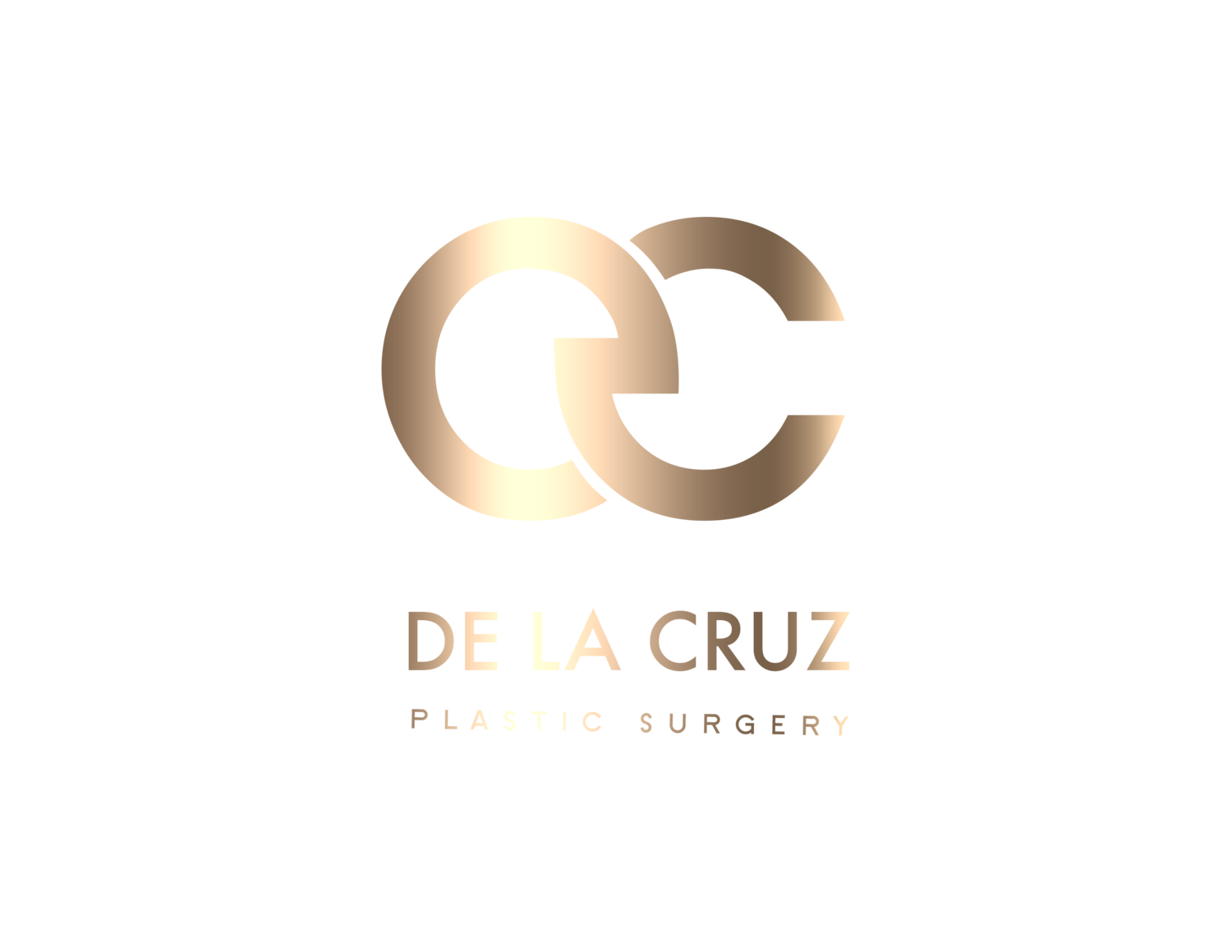Treatment of Biopolymer/Hydrogel Buttock Injections
Recently, there had been numerous cases of the use of industrial grade products injected into the body, such as the buttocks and thighs, performed by unlicensed or unskilled practitioners. Some of these products range from injectable silicone or high-volume hyaluronic acid or hydrogel. Even though some of these products, such as silicone, may be biologically inert, these materials have been implicated in a variety of adverse reactions including granulomas, disfiguring nodules, and lymphedema, sometimes with latent periods of decades. Often, they may cause disfiguring chronic infections that may require intravenous antibiotics or extensive surgical debridement.
There had been a few cases that the chronic infections resulting from illegally injected industrial grade products into the lower extremities, such as the legs, resulted in amputations as a life-saving procedure.
Figure 1: Chronic infection from an Biopolymer injections into the buttocks and thighs performed by an unlicensed and unskilled practitioner.
Clinical Manifestations & Symptoms
- Chronic infection, such as cellulitis, that are recurrent despite antibiotics
- Firmess or hardening of the area of injections
- Chronic pain, such as buttock pain
- Numbness sensation of the area of injection
- Discoloration of the skin of the area of injection
Clinical Management
- We recommend obtaining an MRI of the area of injection to determine the extent of injection as well as the area where the material has potentially migrated. The MRI would act as a map to determine where your surgeon would remove the biopolymer.
Treatment
- The treatment varies from patient to patient. This may range from surgical excision, to hyaluronidase injection followed by VASER liposuction and fat transfer into the area to correct the resultant deformity. Unfortunately, it is not possible to completely remove the biopolymer and not result in a significant deformity of the area involved. Complete removal, such as surgical excision, may result in a life-changing deformity.
Figure 2: Hydrogel/Biopolymer removal from the buttocks using the VASER Liposuction with fat transfer to the buttocks to correct the resulting deformity from removal of the biopolymer. Patient had resolution of a chronic buttock pain after surgery.
I recommend seeing a plastic surgeon for evaluation and possible removal of the biopolymer injected into one's body. An MRI may be necessary to evaluate the location of the injected material. Every person is different, and each treatment may be different.
Emmanuel De La Cruz MD, PLLC
Plastic & Reconstructive Surgeon Houston, Texas






